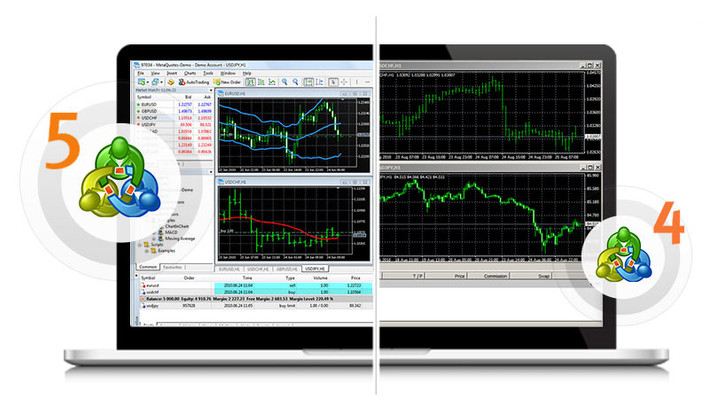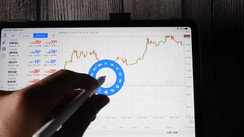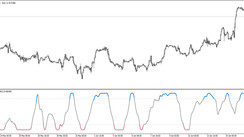If you want to trade the $2.409 quadrillion forex market, you certainly won’t be alone in the digital age.
However, the question that remains is how do you access this marketplace, particularly as you look to optimise the quality of your trading decisions and the amount of orders that you’re able to access in real-time.
In this post, we’ll compare two dominant trading platforms in the form of the MT5 and MT4, while appraising the key differences between these two options.
Getting Started - Available Markets and Usage
The MetaTrader 4 was first launched in 2005, with this platform built upon MetaQuotes native programming language.
Interestingly, this simple and easy-to-use app was designed specifically for use by forex traders, with the platform’s intuitive interface and customisation options ideal when attempting to execute trades in a fast and volatile marketplace.
Conversely, the MetaTrader5 was released in 2010 and underpinned by MetaQuotes Language 5, and while many believed this to be a straightforward successor MT4, it actually included additional trading features and the ability to invest in futures and stocks.
As a result, the MT5 also includes additional timeframes and services, affording a far broader appeal across the financial market as a whole.
What About Ease-of-Use?
The more simplistic and customisable nature of the MT4 definitely makes this platform easier to use, whether you’re accessing analytical data or executing orders.
For example, you can manage your entire portfolio through a single interface, while customising charts to ensure that data is delivered in a viable and easy-to-understand manner.
This at least partially explains the enduring appeal of the MT4 amongst forex traders, who have grown familiar with the platform’s functionality and have remained loyal to this app over the course of the last 16 years.
Conversely, the MT5 is arguably more efficient and boasts superior functionality, while it also affords more experienced traders the opportunity to write and alter scripts in real-time.
Considering Hedging and Market Depth
Hedging is an important concept in the financial markets, particularly if you want to minimise risk across a broad range of assets. While both the MT4 and MT5 platforms allow traders to hedge, however, only the latter lets you engage in the practice of ‘netting’ (which refers to offsetting the value of multiple positions in a range of scenarios).
This is a huge plus of the MT5, especially if you’re a trade that’s focused on diversifying your portfolio and expanding into multiple assets in the near-term.
Similarly, only the MT5 offers ‘Depth of Market’ (DOM) to users, enabling them to seamlessly manage stop loss and take profit measures in real-time. It also bids and offers financial securities at varying prices, depending on volume and your target asset classes.
This reaffirms the diverse and broad nature of the MT5 and its range of markets, while simultaneously reaffirming the more focused appeal of the MetaTrader 4 in the minds of forex traders.





